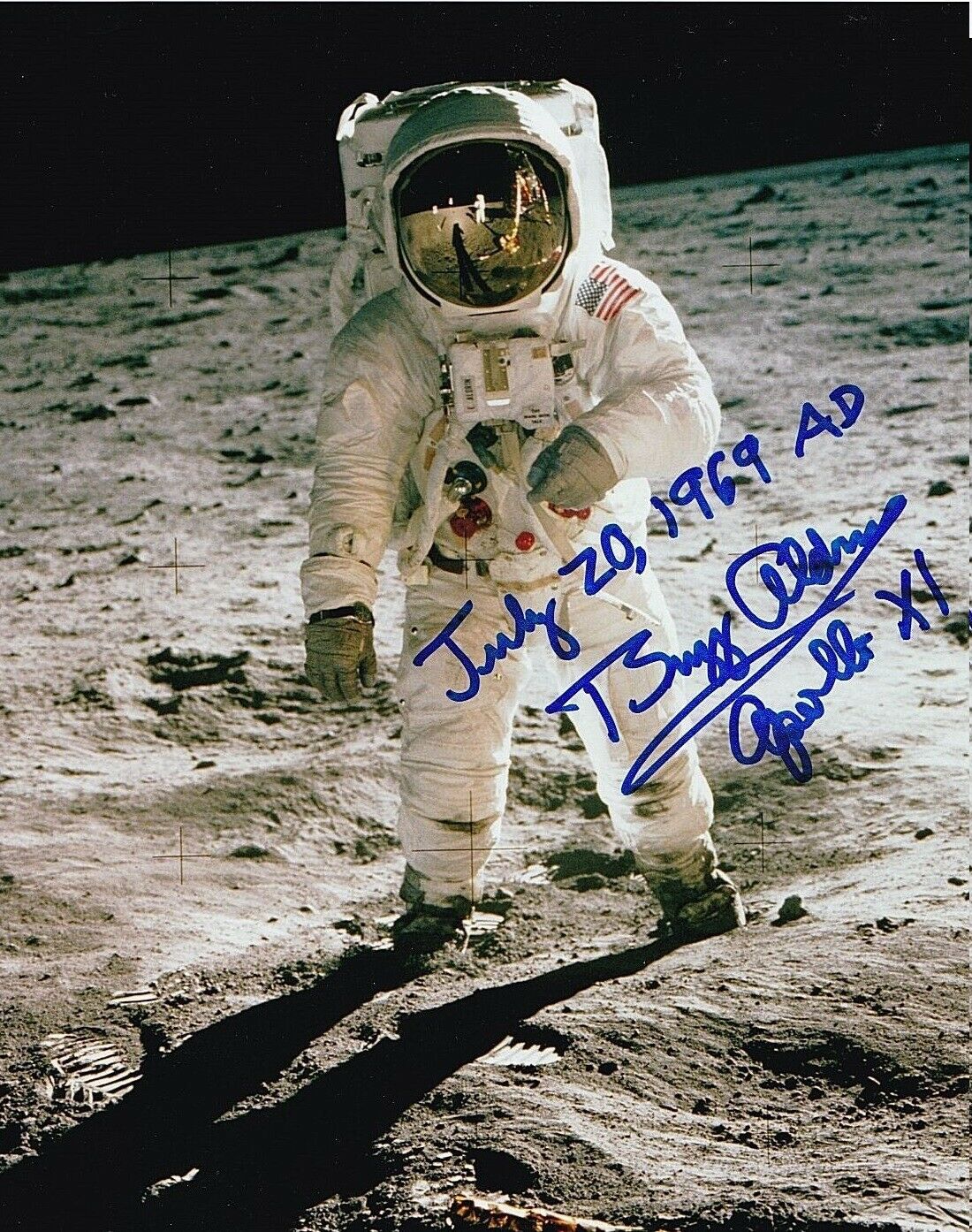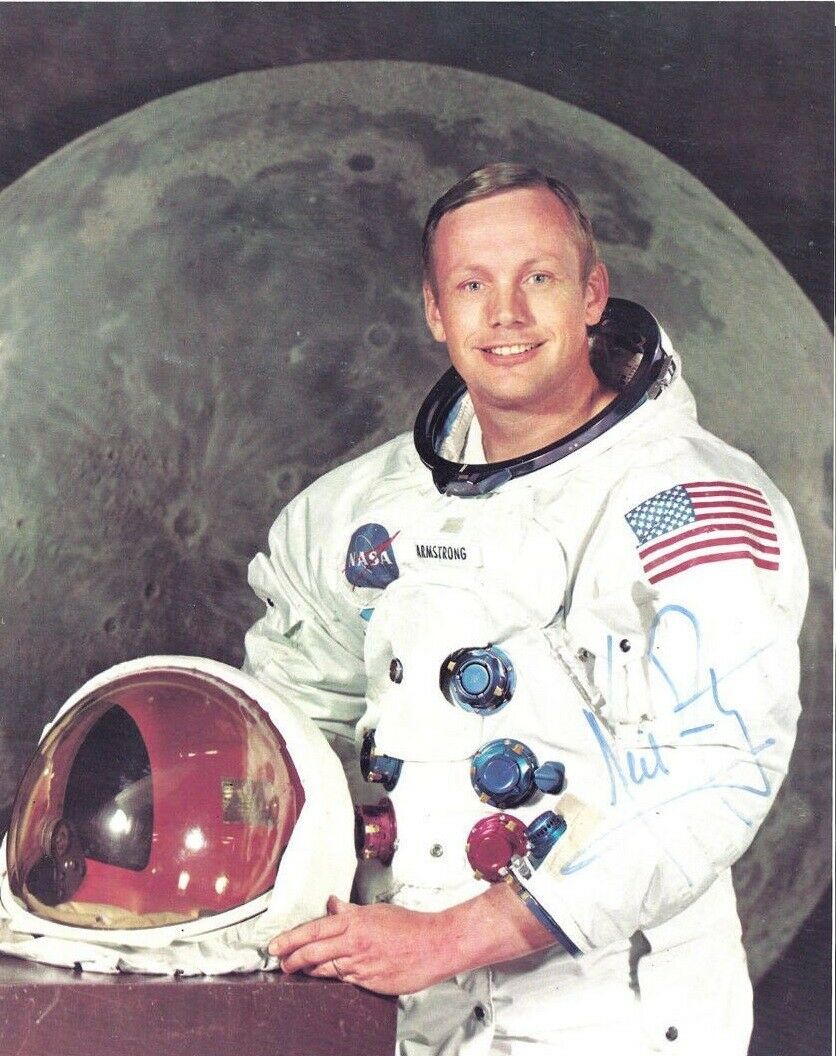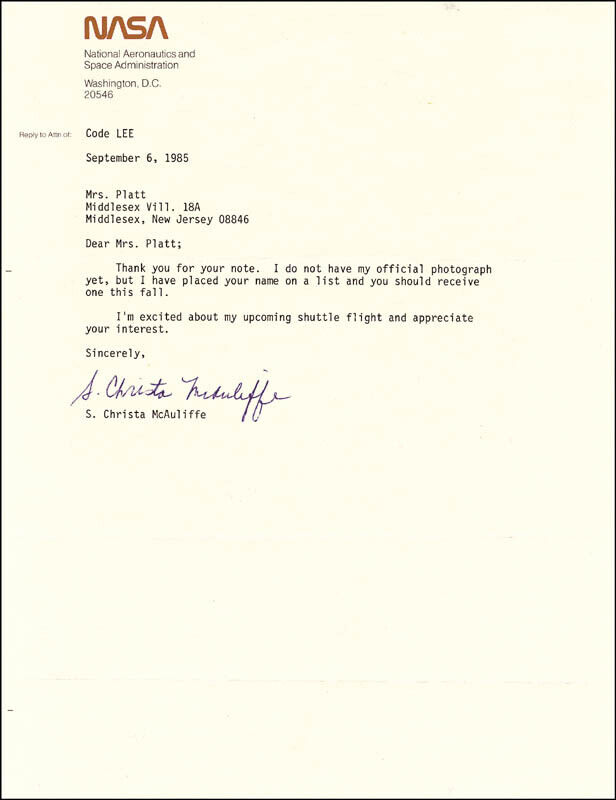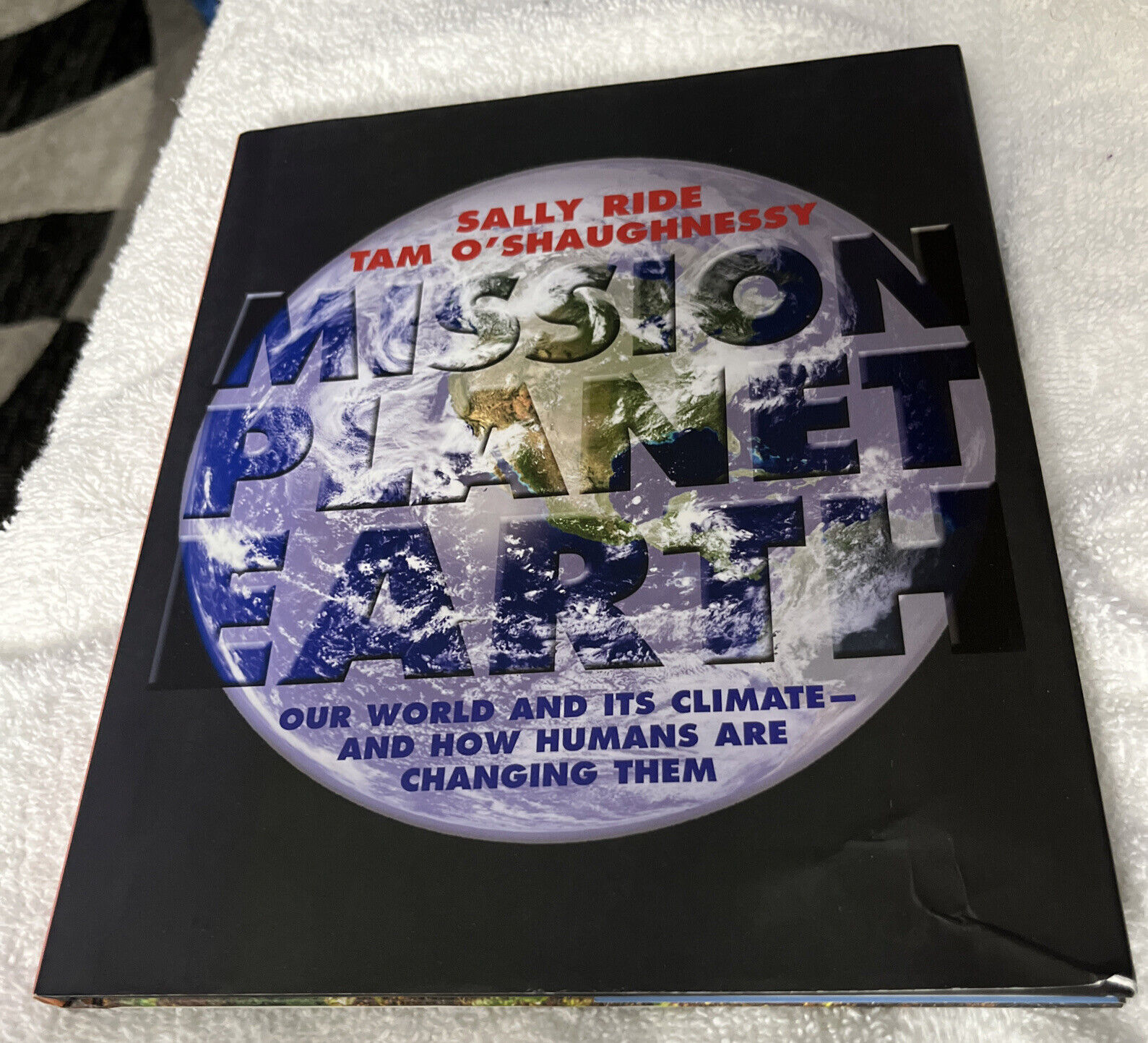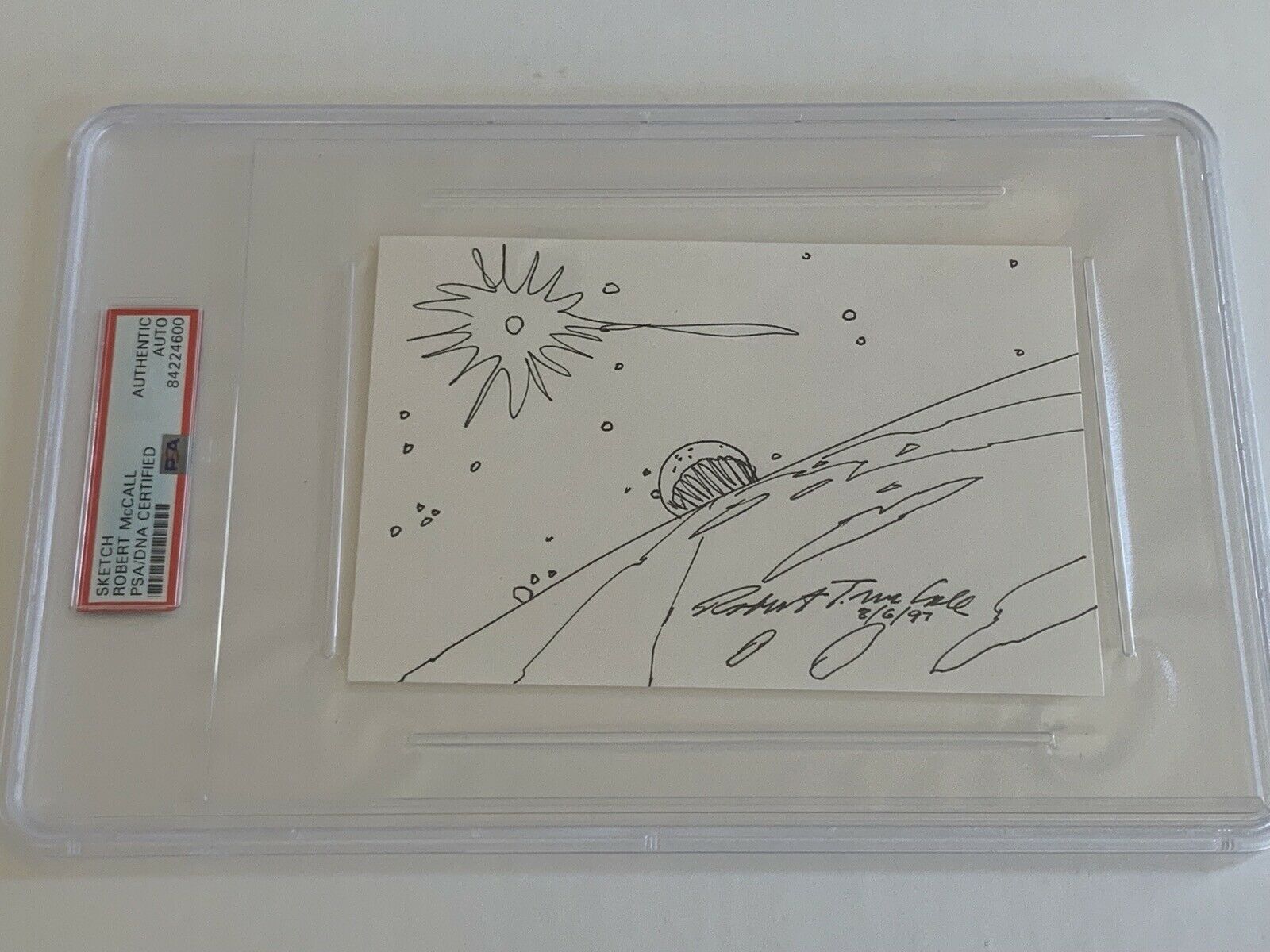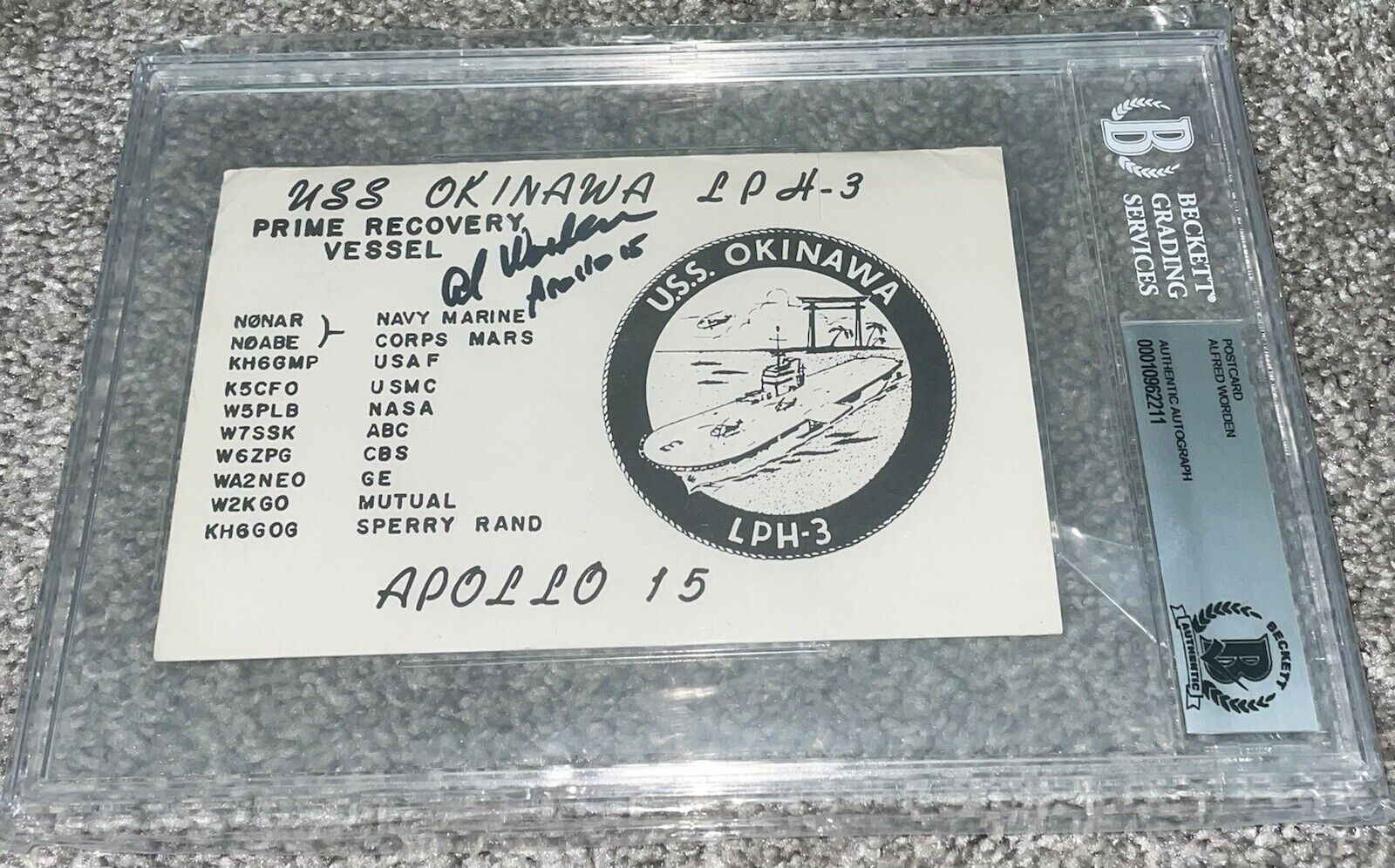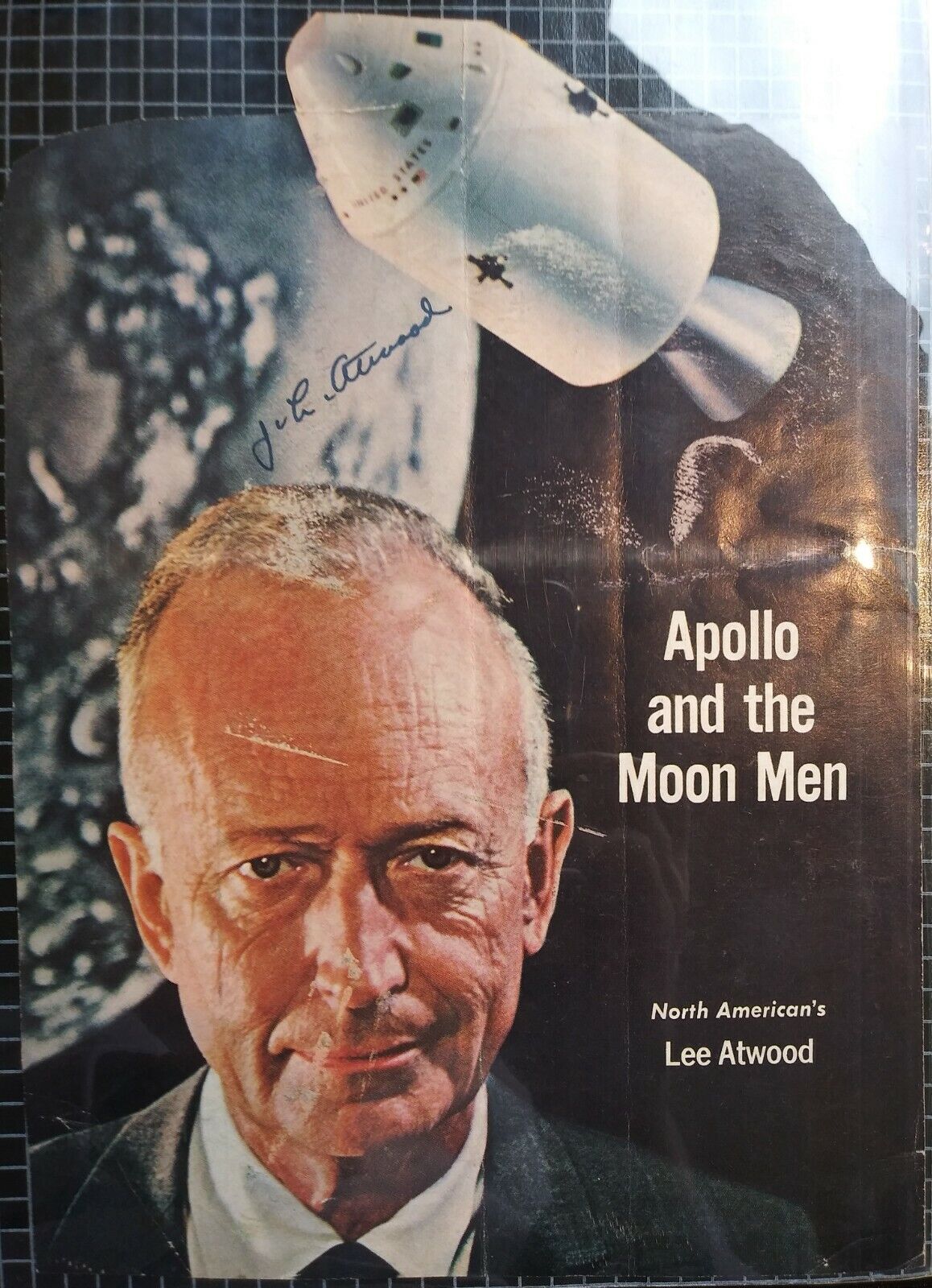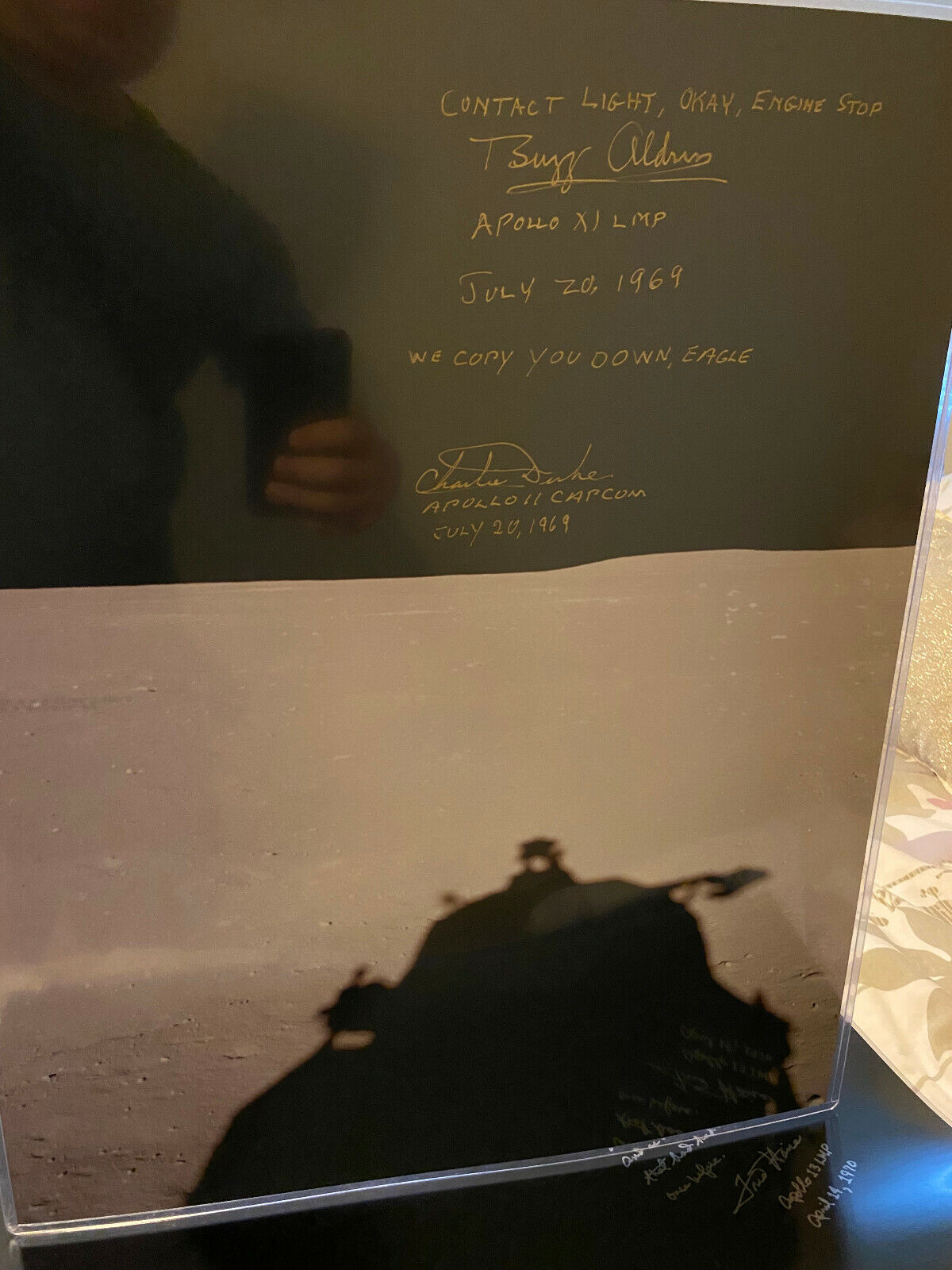-40%
US Marine Corp ASTRONAUT ROBERT SPRINGER,OFFICIAL NASA PHOTO AUTOGRAPH,
$ 2.64
- Description
- Size Guide
Description
US Marine Corp ASTRONAUT ROBERT SPRINGER,OFFICIAL NASA PHOTO AUTOGRAPH,8 X 10 OFFICIAL NASA PHOTO, JSCIL 368A Signed BY US Marine Corp ASTRONAUT ROBERT SPRINGER --. Nasa EXPERIENCE: Springer received a commission in the United States Marine Corps following graduation from Annapolis in 1964. He attended the Marine Corps Basic School at Quantico, Virginia, before reporting to the Navy Air Training Command for flight training at Pensacola, Florida, and Beeville, Texas. Upon receiving his aviator wings in August 1966, he was assigned to VMFA-513 at the Marine Corps Air Station, Cherry Point, North Carolina, where he flew F-4 aircraft. He was subsequently assigned to VMFA-115 at Chu Lai in the Republic of Vietnam, where he flew F-4s and completed 300 combat missions. In June 1968, he served as an advisor to the Republic of Korea Military Corps in Vietnam and flew 250 combat missions in 01 “Bird Dogs” and UH-1 “Huey” helicopters. When Springer returned to the United States later in 1968 to attend the U. S. Naval Postgraduate School in Monterey, California, and in March 1971, he reported to the Third Marine Aircraft Wing at El Toro, California and was assigned as wing operations analysis officer. He flew UH-1E Huey helicopters in 1972 while with HML-267 at Camp Pendleton, California, and then went on to fly Huey helicopters with HML-367, First Marine Aircraft Wing, at Okinawa, Japan. As an Aircraft Maintenance Officer with VMFA-451, Springer flew F-4 “Phantoms” and also attended the Navy Fighter Weapons School (Top Gun) while at Beaufort, South Carolina. A 1975 graduate of the U. S. Navy Test Pilot School at Patuxent River, Maryland, he served as head of the Ordnance Systems Branch and was a test pilot for more than 20 different types of fixed- and rotary-winged aircraft. In this capacity, he performed the first flights in the AHIT helicopter. He graduated from the Armed Forces Staff College in Norfolk, Virginia, in 1978 and was assigned to Headquarters Fleet Marine Force, Atlantic, where he assumed responsibility for Joint Operational Planning for Marine Forces in NATO and the Middle East. He was serving as aide-de-camp for the commanding general, Fleet Marine Force, Atlantic, when advised of his selection by NASA. To date, Springer has logged more than 4,500 hours of flying time, including 3,500 hours in jet aircraft. NASA EXPERIENCE: Selected as an astronaut candidate by NASA in May of 1980, Springer became an astronaut in August 1981. His technical assignments have included support crew for STS-3, concept development studies for the Space Operations Center and the coordination of various aspects of the final development of the remote manipulator system for operational use as well as working in the Mission Control Center as orbit CAPCOM for seven flights in 1984 and 1985. Springer was responsible for Astronaut Office coordination of the Design Requirements Reviews (DRRs) and Design Certification Reviews (DCRs). These review efforts encompassed the total recertification and reverification of the NSTS prior to STS-26 return to flight status. Twice flown, Springer has logged more than 237 hours in space. He was a mission specialist on STS-29 in 1989 and STS-38 in 1990. In December 1990, Springer retired from NASA and the U.S. Marine Corps. He is currently employed by The Boeing Company as director of quality systems, Integrated Defense Systems. SPACEFLIGHT EXPERIENCE: STS-29 Discovery (March 13 to March 18, 1989) was launched from Kennedy Space Center in Florida. During 80 orbits of the Earth on this highly successful 5-day mission, the crew deployed a tracking and data relay satellite and performed numerous secondary experiments, including a space station heat pipe radiator experiment, two student experiments, a protein crystal growth experiment and a chromosome and plant cell division experiment. In addition, the crew took more than 4,000 photographs of the Earth using several types of cameras, including the IMAX 70mm movie camera. Mission duration was 119 hours and concluded with a landing at Edwards Air Force Base in California. STS-38 Atlantis (November 15 to November 20, 1990) was launched at night from Kennedy Space Center. During the 5-day mission, the crew conducted Department of Defense operations. After 80 orbits of the Earth, in the first shuttle recovery in Florida since 1985, Space Shuttle Atlantis and her crew landed back at Kennedy Space Center. In completing his second mission, Springer logged more than 237 hours in spac
Powered by SixBit's eCommerce Solution


